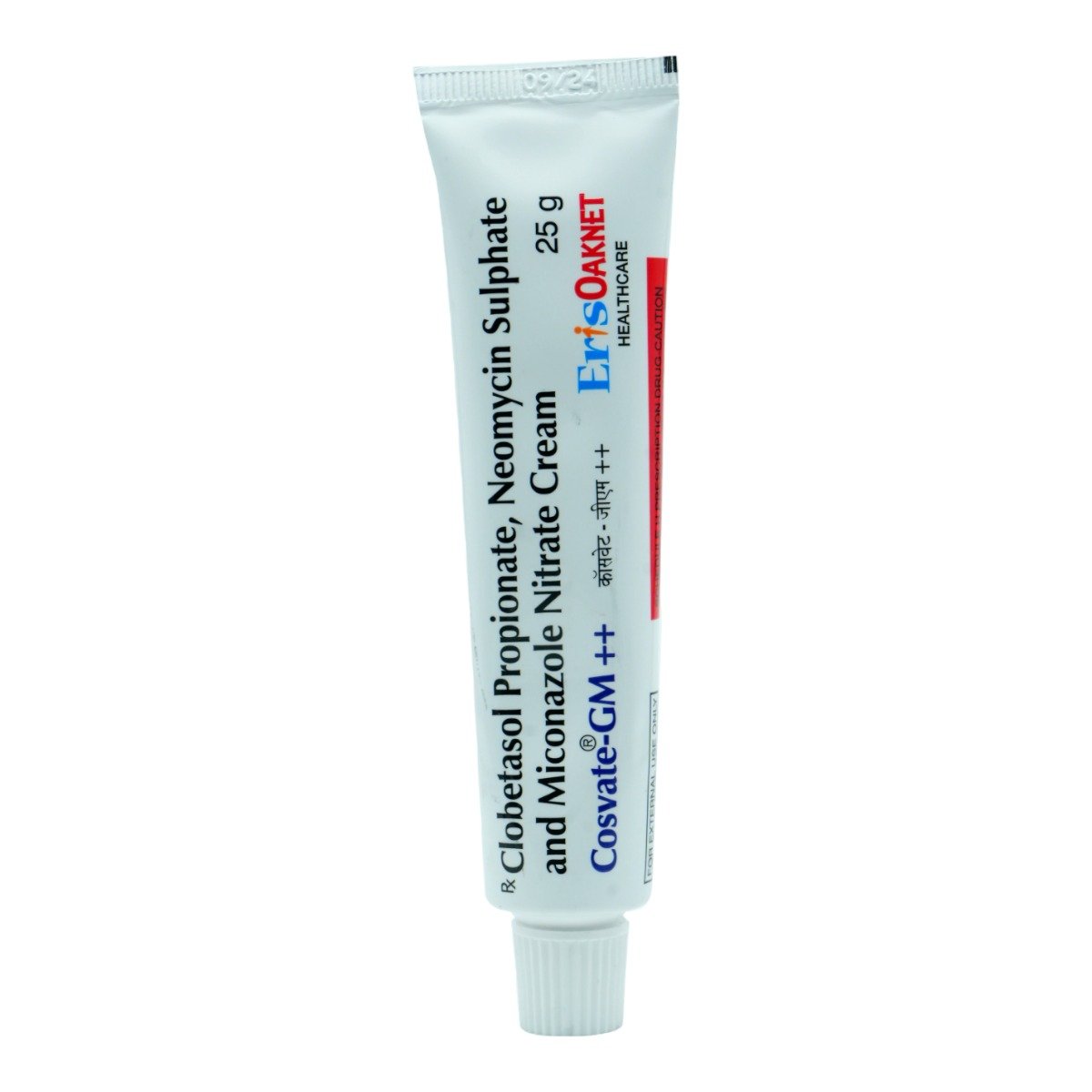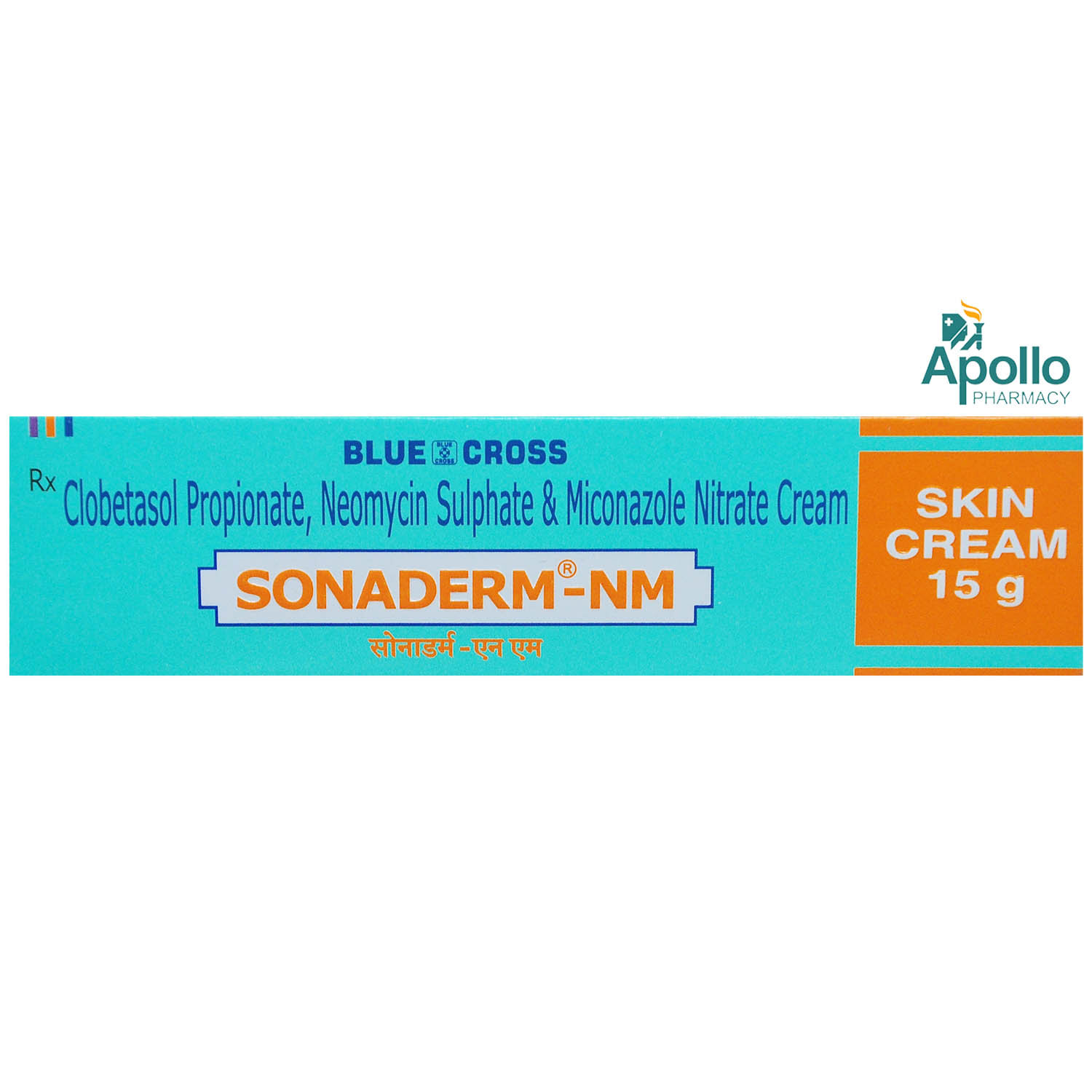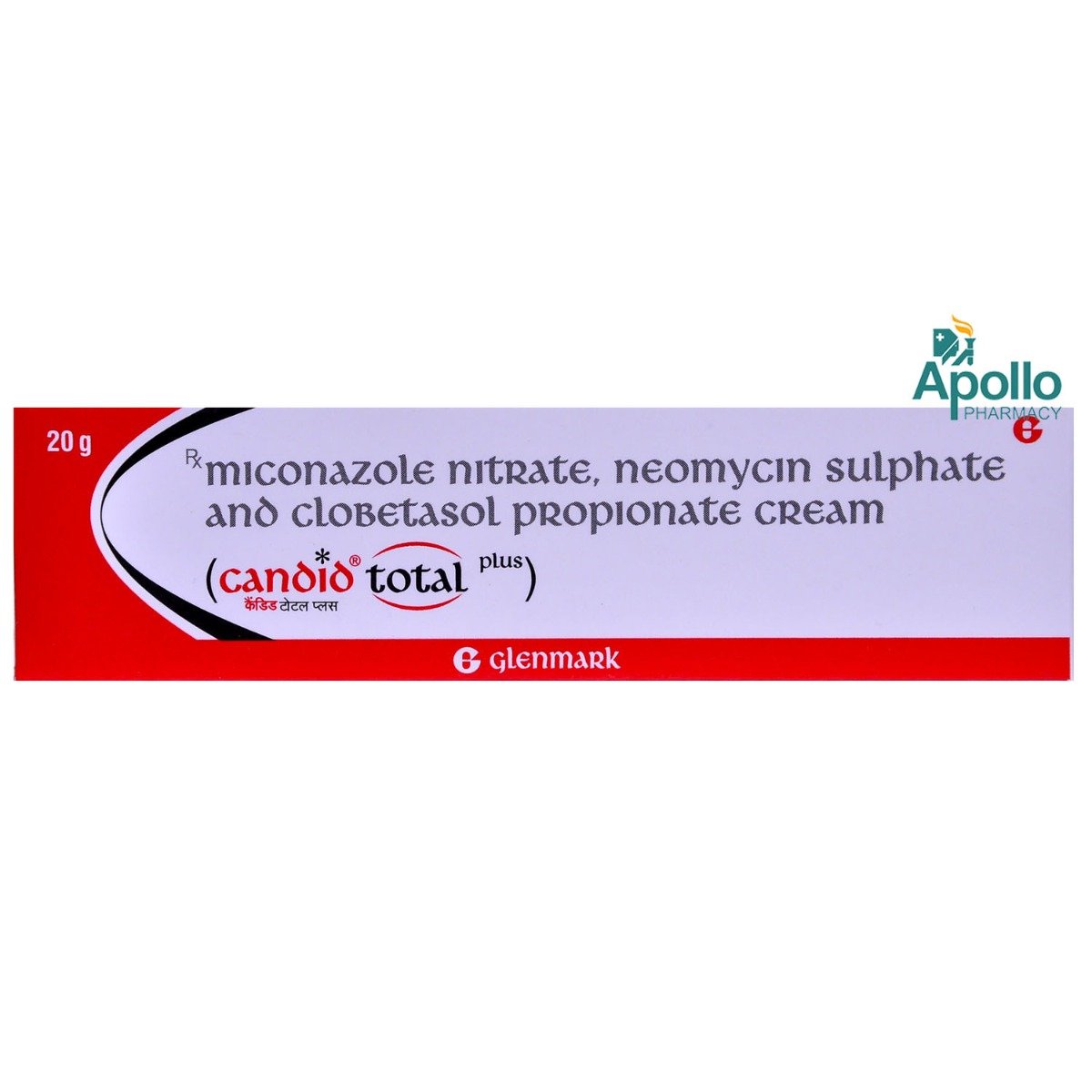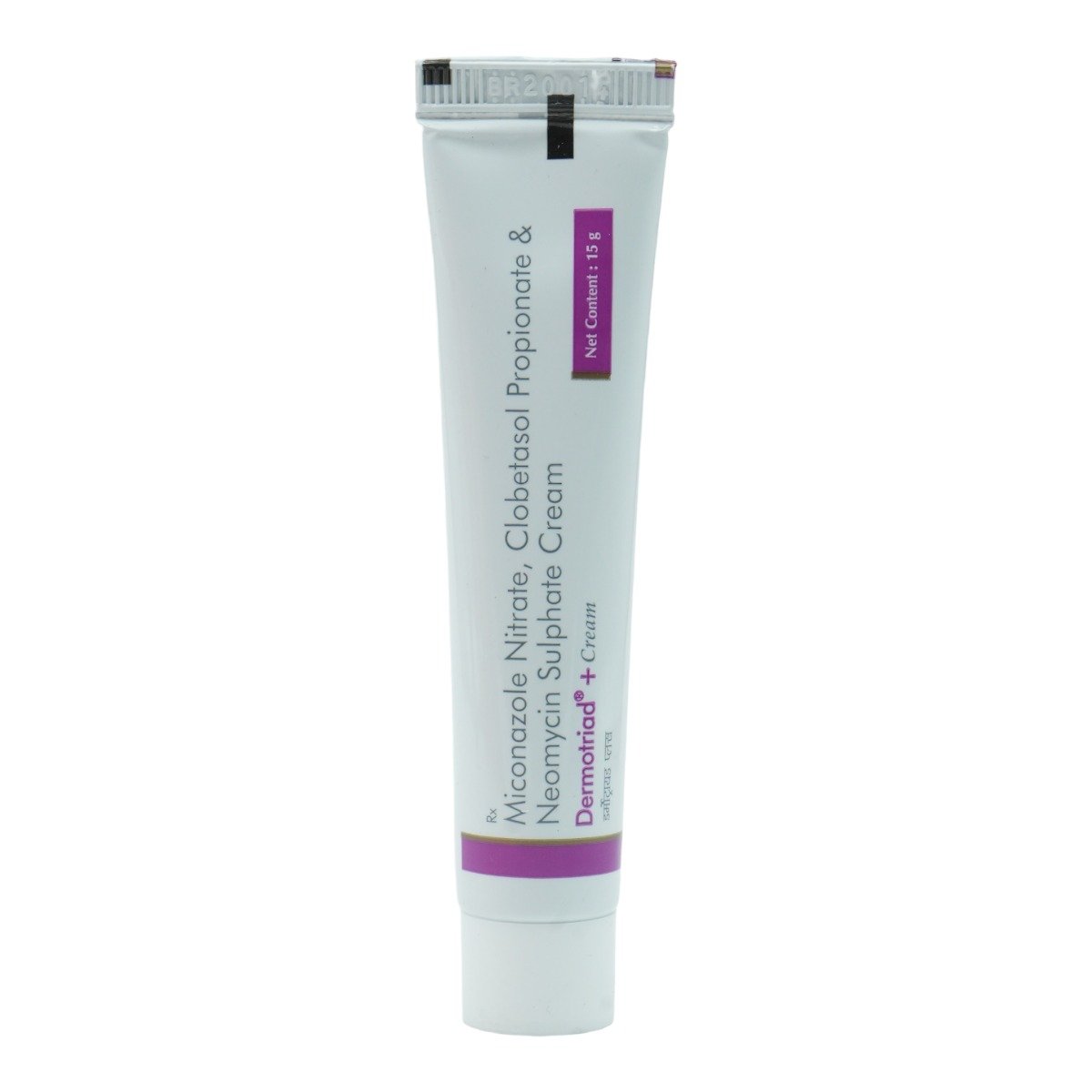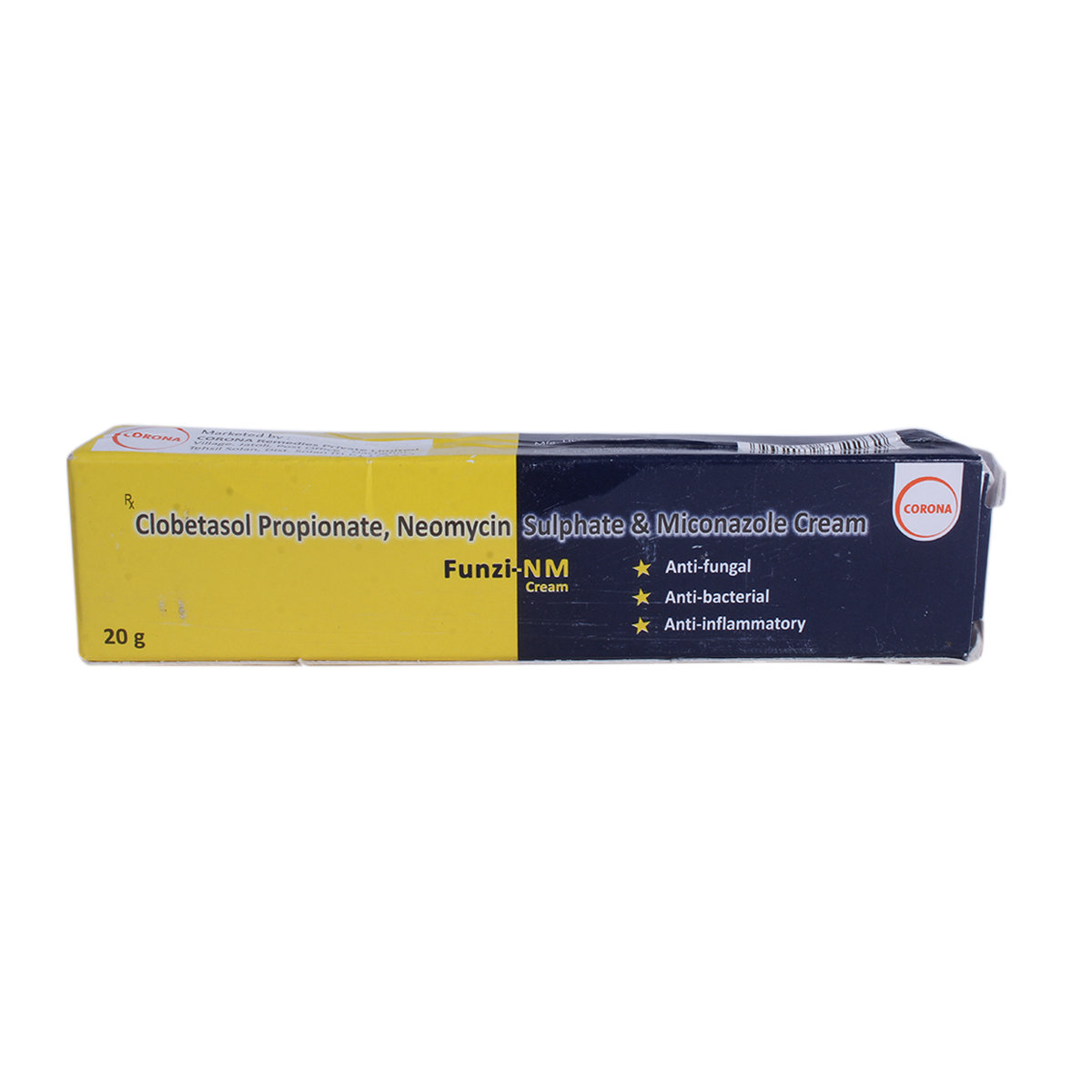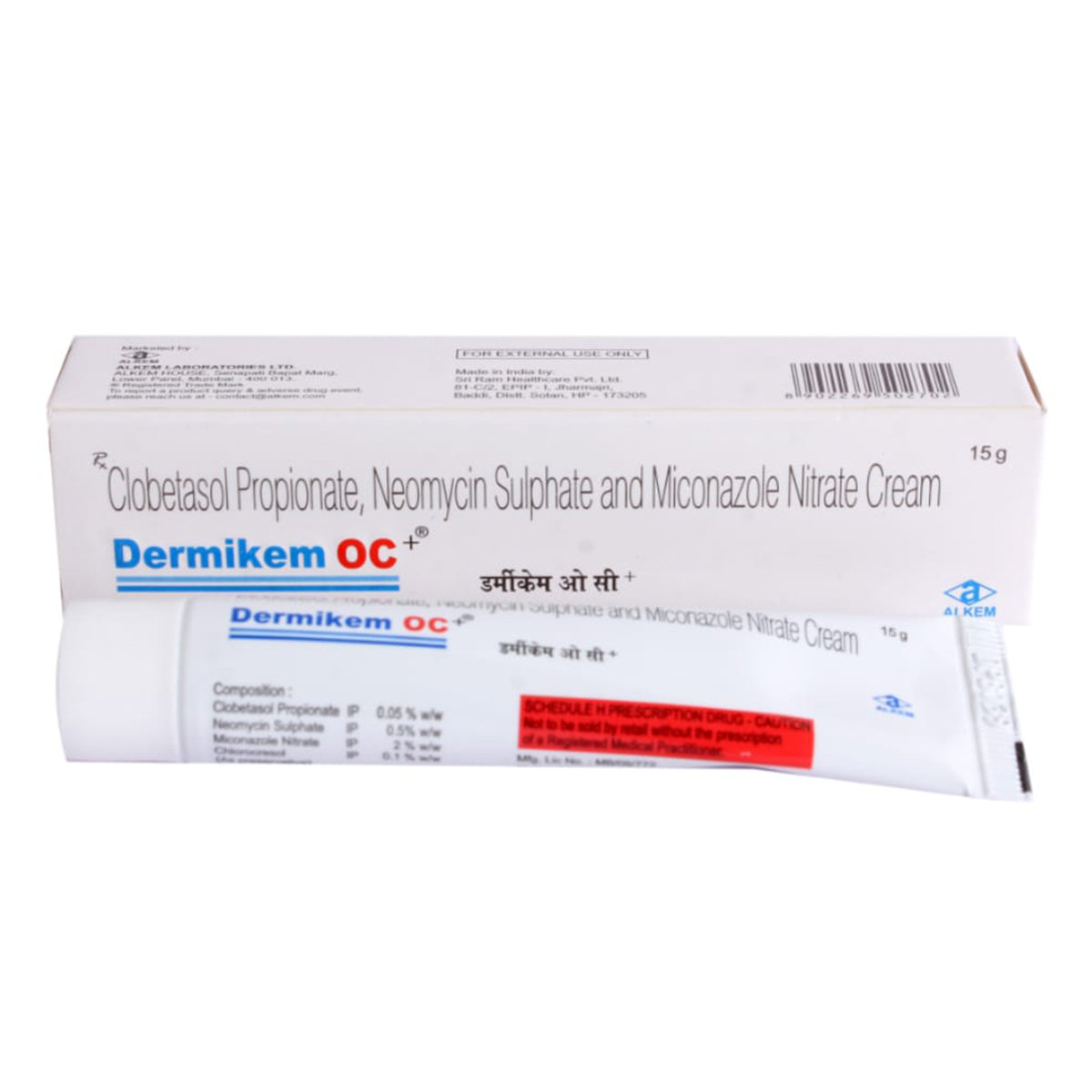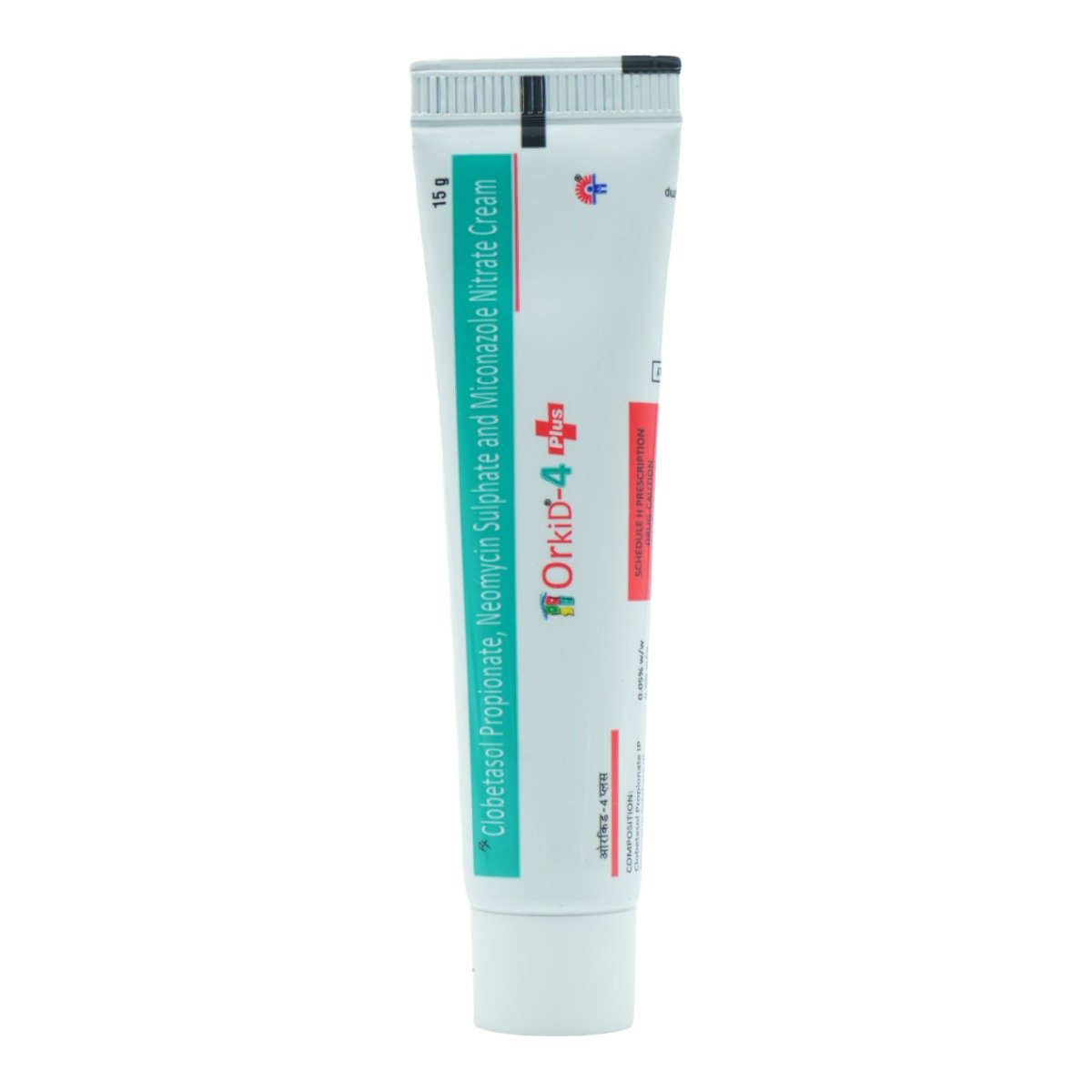Lobate-GM Neo Cream
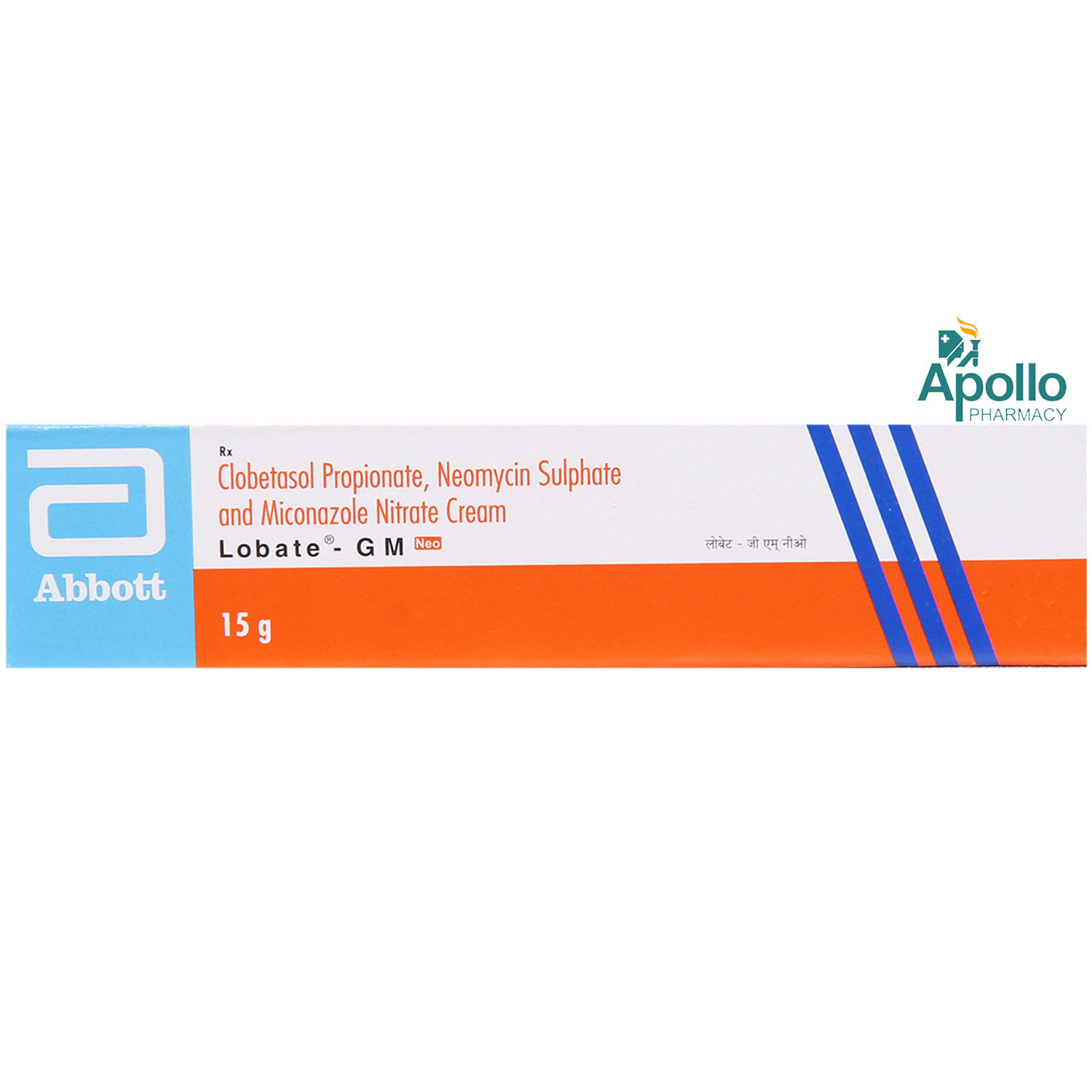

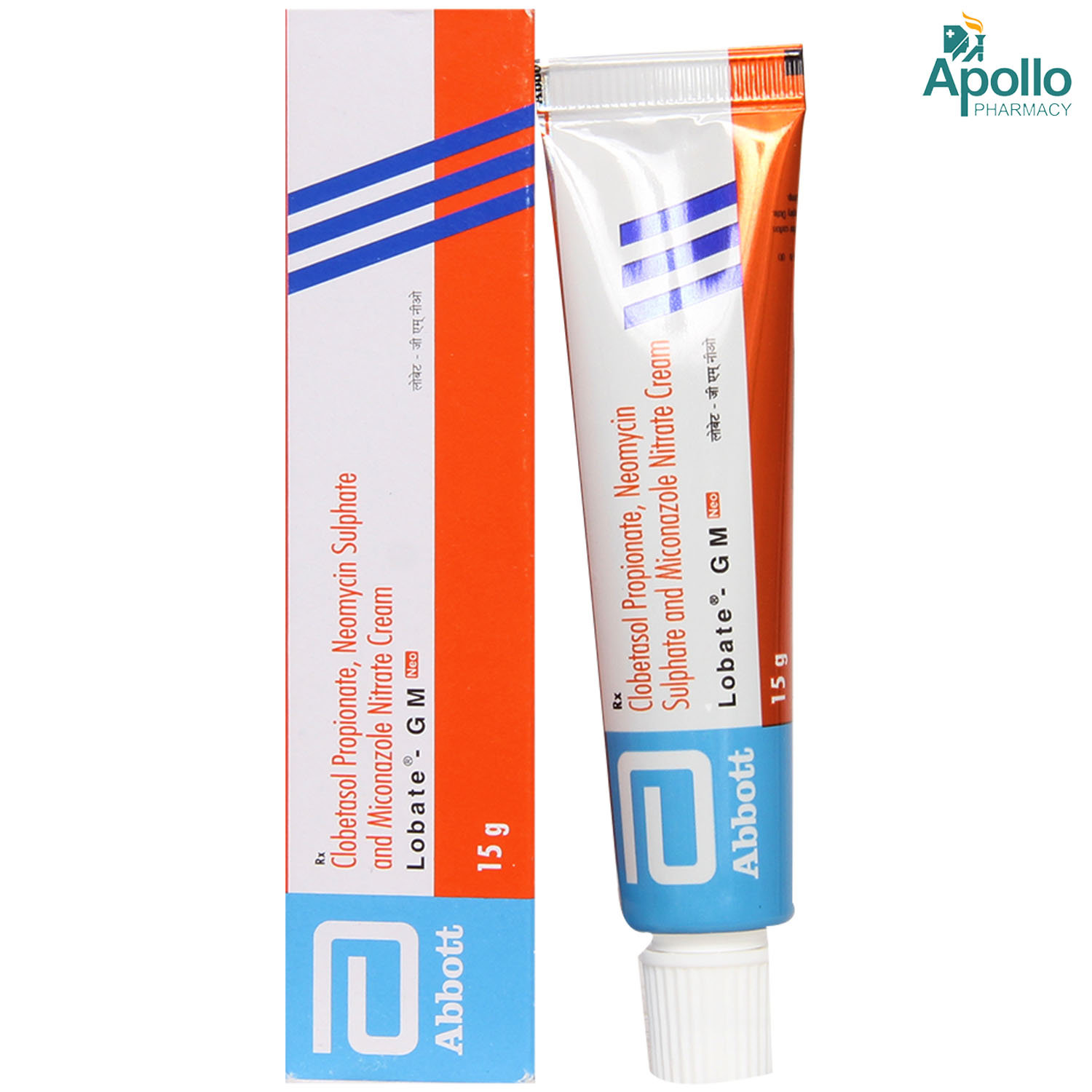
MRP ₹158
(Inclusive of all Taxes)
₹23.7 Cashback (15%)
know your delivery time
Provide Delivery Location
Manufacturer/Marketer :
Consume Type :
Expires on or after :
Return Policy :
Selected Pack Size:15 gm
15 gm ₹142.2
(₹9.48 per gm)
In Stock
20 gm ₹142.3
(₹7.12 per gm)
In Stock

Secure Payment

Trusted by 8 Crore Indians

Genuine Products
Therapeutic Class
Country of origin
Manufacturer/Marketer address
Disclaimer
Alcohol
Safe if prescribed
Alcohol may interfere with your ability to fight infections. So, it is advised to limit consumption of alcohol.
Pregnancy
Consult your doctor
Lobate-GM Neo Cream is a category C medicine and may harm the fetus or unborn baby. So, it should be used with caution in pregnant women.
Breast Feeding
Consult your doctor
Lobate-GM Neo Cream may pass into breast milk, so it should be used with caution in breastfeeding mothers.
Driving
Safe if prescribed
Lobate-GM Neo Cream may not affect your ability to drive.
Liver
Consult your doctor
Lobate-GM Neo Cream should be used with caution in patients with liver diseases. Your doctor prescribes this after weighing the benefits with any potential risks.
Kidney
Consult your doctor
Lobate-GM Neo Cream is probably safe when used in patients with kidney diseases.
Children
Safe if prescribed
The safety of Lobate-GM Neo Cream in children is unknown. Please consult a doctor before using Lobate-GM Neo Cream on your child.
Product Substitutes
Reference
- https://www.drugs.com/clobetasol-topical.html
- https://www.drugs.com/mtm/miconazole-topical.html
- https://www.accessdata.fda.gov/drugsatfda_docs/label/2012/021535Orig1s003,%20021644Orig1s003lbl.pdf
- https://www.drugs.com/cons/neomycin-topical.html#:~:text=Neomycin%20belongs%20to%20the%20family,are%20available%20without%20a%20prescription.
About Lobate-GM Neo Cream
Lobate-GM Neo Cream belongs to a group of medications called ‘anti-infectives’ used to treat swelling, itching, and redness caused due to bacterial or fungal skin infections. Lobate-GM Neo Cream effectively treats bacterial and fungal skin infections. Bacterial skin infection is a condition in which harmful bacteria grows on the skin and cause infection. They often appear small, red bumps on the skin, which gradually increase in size. Fungal skin infection is a disease in which a fungus attacks the tissue (mostly sweaty areas that don't get enough airflow) and causes an infection.
Lobate-GM Neo Cream is a combination of three drugs: Clobetasol, Miconazole, and Neomycin. Clobetasol belongs to the class of corticosteroids. It blocks prostaglandins production (chemical messengers) that cause symptoms of skin infections such as redness, swelling and itching. Miconazole is an antifungal agent that works by causing holes in the fungal cell membranes and kills fungi. Neomycin is an antibiotic. It prevents the synthesis of essential proteins required by bacteria to carry out vital functions.
You should take this medicine as prescribed by your doctor. Lobate-GM Neo Cream may cause side effects such as dry skin, burning, irritation, itching, and redness at the application site. These side-effects are mild and temporary. They do not require medical attention and gradually resolve over time. However, if these side effects persist longer, please consult your doctor.
Do not take Lobate-GM Neo Cream if you are allergic to any of its components. Before taking Lobate-GM Neo Cream, inform your doctor if have any viral infections, acne, rosacea, psoriasis, adrenal gland problems, skin atrophy (thinning of the skin) or liver diseases. Inform your doctor if you are scheduled for any surgery. Also, inform your doctor if you are pregnant or breastfeeding. You should not use Lobate-GM Neo Cream cream on broken skin, open wounds or cuts.
Uses of Lobate-GM Neo Cream
Medicinal Benefits Mweb
Key Benefits
Lobate-GM Neo Cream is a combination of three drugs: Clobetasol, Miconazole, and Neomycin. Clobetasol is a corticosteroid that inhibits the release of certain chemical messengers in the body that cause redness, itching, and swelling. Miconazole is an antifungal that works by causing holes in the fungal cell membranes and kills fungi. Neomycin is an antibiotic that inhibits the production of essential proteins that are necessary for bacteria to grow, multiply and increase in numbers. Together, Lobate-GM Neo Cream can effectively treat skin infections.
Directions for Use
Side Effects of Lobate-GM Neo Cream
- Burning sensation on the skin
- Skin irritation
- Itching
- Skin redness
- Thinning of skin
Drug Warnings
Lobate-GM Neo Cream is not recommended for use on larger areas of skin. Do not use it for prolonged periods unless prescribed by your doctor. It would be best if you did not cover the treated area with a bandage or plaster, especially the face, without checking with your doctor. Do not use the medicine in and around your eyes. If the medicine accidentally gets into your eyes, nose, mouth, or genitals, rinse with water thoroughly. If you notice any persistent skin irritation or worsening of the skin disease, stop using Lobate-GM Neo Cream, and inform your doctor immediately.
Drug-Drug Interactions
Drug-Drug Interactions
Login/Sign Up
Drug-Food Interactions
Drug-Food Interactions
Login/Sign Up
Drug-Diseases Interactions
Drug-Diseases Interactions
Login/Sign Up
Drug-Drug Interactions Checker List
- WARFARIN
- DICOUMAROL
- METFORMIN
- BACITRACIN
- POLYMYXIN B
- FUROSEMIDE
Habit Forming
Special Advise
- Consult your dermatologist if you notice any improvement in your skin condition after using Lobate-GM Neo Cream for 3 to 4 weeks.
- Avoid prolonged treatment. Caution when applied to area near to the eyes.
- Do not use if there is an infection or sore present in the area to be treated.
Diet & Lifestyle Advise
- Use mild soap while taking baths and prefer warm baths.
- Avoid harsh products on your skin.
- Do not scratch or pick your skin to avoid getting the affected area infected.
- Manage stress, eat healthily, drink plenty of water, exercise regularly and get plenty of sleep.
- Limit food intake that might trigger allergies such as dairy products, soy, eggs and nuts.
- Avoid consumption of foods with excess sugar as it may flare-up inflammation.
- Include fruits, vegetables, whole grains, healthy fats and fish in your diet.
- Avoid getting in contact with harsh soaps, detergents and rough fabrics.
All Substitutes & Brand Comparisons
RX
Clobeta-GM Cream 30 gm
Universal Life Care Products
₹89
(₹2.67/ 1gm)
71% CHEAPERRX
Cosvate-GM ++ Cream 25 gm
Oaknet Healthcare Pvt Ltd
₹95
(₹3.42/ 1gm)
63% CHEAPERRX
Cosvate-GM ++ Cream 20 gm
Oaknet Healthcare Pvt Ltd
₹76
(₹3.42/ 1gm)
63% CHEAPER

Have a query?
Buy best Dermatology products by
Glenmark Pharmaceuticals Ltd
Sun Pharmaceutical Industries Ltd
Klm Laboratories Pvt Ltd
Cipla Ltd
Canixa Life Sciences Pvt Ltd
Abbott India Ltd
Ajanta Pharma Ltd
Intas Pharmaceuticals Ltd
Dr Reddy's Laboratories Ltd
East West Pharma India Pvt Ltd
Alkem Laboratories Ltd
Atopic laboratories Pvt Ltd
Hegde & Hegde Pharmaceutica Llp
Brinton Pharmaceuticals Ltd
Torrent Pharmaceuticals Ltd
Amwill Healthcare Pvt Ltd
Leeford Healthcare Ltd
Palsons Derma Pvt Ltd
Oaknet Healthcare Pvt Ltd
Med Manor Organics Pvt Ltd
Micro Labs Ltd
Dermocare Laboratories Gujarat Llp
Fixderma India Pvt Ltd
Apex Laboratories Pvt Ltd
Mankind Pharma Pvt Ltd
Ipca Laboratories Ltd
Yaher Pharma
Systopic Laboratories Pvt Ltd
Menarini India Pvt Ltd
Ethinext Pharma
Nemus Pharmaceuticals Pvt Ltd
Skinocean Pharmaceuticals
Dermacia Healthcare
Inex Medicaments Pvt Ltd
Lupin Ltd
GlaxoSmithKline Pharmaceuticals Ltd
Talent India Pvt Ltd
Zydus Cadila
Kivi Labs Ltd
Zydus Healthcare Ltd
Hbc Dermiza Healthcare Pvt Ltd
Mrhm Pharma Pvt Ltd
Regaliz Medicare Ltd
Sol Derma Pharmaceuticals Pvt Ltd
Newtrimed Healthcare Pvt Ltd
Wallace Pharmaceuticals Pvt Ltd
Eskon Pharma
Glowderma Lab Pvt Ltd
La Pristine Bioceuticals Pvt Ltd
Mohrish Pharmaceuticals Pvt Ltd
Percos India Pvt Ltd
Rockmed Pharma Pvt Ltd
Macleods Pharmaceuticals Ltd
Praise Pharma
Ethicare Remedies Pvt Ltd
Kaizen Drugs Pvt Ltd
Aurel Biolife
Rely On Pharmaceuticals
Wockhardt Ltd
Galcare Pharmaceuticals Pvt Ltd
Elder Pharmaceuticals Ltd
Indiabulls Pharmaceuticals Pvt Ltd
La Med Healthcare Pvt Ltd
Biocute Life Care
Yap Bioceuticals
Yash Pharma Laboratories Pvt Ltd
Zee Laboratories Ltd
Apple Therapeutics Pvt Ltd
Adonis Laboratories Pvt Ltd
Albatross Healthcare Pvt Ltd
Galderma India Pvt Ltd
Prism Life Sciences Ltd
FDC Ltd
Alniche Life Sciences Pvt Ltd
Salve Pharmaceuticals Pvt Ltd
West Coast Pharmaceuticals Pvt Ltd
Dermarex HealthCare India Pvt Ltd
Arka Vital Science Pvt Ltd
Dermajoint India
Gary Pharmaceuticals Pvt Ltd
Grace Derma Healthcare Pvt Ltd
Karlin Pharmaceuticals & Exports Pvt Ltd
Skinska Pharmaceutica Pvt Ltd
Uniza Healthcare Llp
Alembic Pharmaceuticals Ltd
Cadila Healthcare Ltd
Cadila Pharmaceuticals Ltd
Cosmofix Technovation Pvt Ltd
Human Pharmaceuticals
Indolands Pharma Pvt Ltd
Lyra Laboratories Pvt Ltd
Akumentis Healthcare Ltd
Entod Pharmaceuticals Ltd
Iceberg Health Care Pvt Ltd
Jenburkt Pharmaceuticals Ltd
P and P Dermaceuticals Pvt Ltd
Dabur India Ltd
Indchemie Health Specialities Pvt Ltd
Olcare Laboratories Pvt Ltd
Unison Pharmaceuticals Pvt Ltd
BODY CREAM
Body Lotion
Face Cream
Shampoo
Sun Screen
Face Gel
Soap
Face Wash
HAIR SOLUTION
Face Serum
BODY GEL
Hair Lotion
Hair Serum
Dusting Powder
ANTISEPTIC
FACE CLEANSER
Face Lotion
Body Wash
Body Spray
Eye Cream
FUNGAL INFECTION
Foot Cream
Conditioner
Eye Gel
Cleanser
Hair Cream
Hair Oil
Face Mask
Hair Gel
Sanitizer
Hair Spray
Moisturiser
Skin Ointment
Lip Balm
Capsule
Eye Serum
Intimate Wash
Specialty Supplements
Hand Cream
Facial Spray
SPECIALITY SUPPLEMENT
Face Toner
MEDICATED SHAMPOO
Tablet
Talcum Powder
BABY SUNSCREEN
Body Butter
Body Scrub
DIAPER RASH CREAM
EYE SOLUTION
FACIAL WIPE
Gargle
Hand Wash
Intimate Spray
Lip Serum
Lubricant Gel
MEDICATED CREAM
Nail Polish
VITAMIN D
Customers Also Bought


